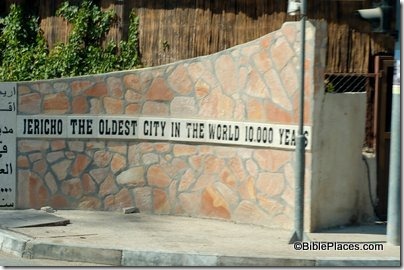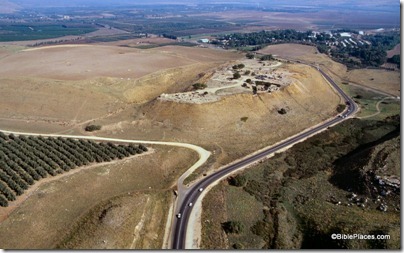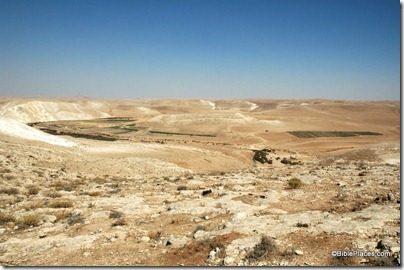Construction of a new parking lot underneath the Jewish Quarter was reported to require the first breach of the Old City walls of Jerusalem in more than a hundred years. Well, not quite. First, the architect clarified that he was only going under the walls and not through them. Then Leen Ritmeyer explained that the walls were not breached a hundred years ago for Kaiser Wilhelm II’s visit. The walls are safe, for now.
A program on the “New Finds in Jaffa Gate” will be held on Oct 12, 2010, 6-8 pm at Jerusalem’s Yad Ben Zvi Institute. Ofer Sion and Shahar Poni will lecture on the discoveries, including the channel leading to Hezekiah’s Pool. The lecture notice (in Hebrew) can be found here and here (pdf).
HT: Joe Lauer
A statue of Hathor disappeared from a temple at Serabit el-Khadim and was discovered in the Sinai desert five days later. Authorities are questioning the site’s security guards.
Following Friday’s report that the Syrian army has a Scud missile base near Damascus, Jay Baggett (Land of the Bible) created a flyover tour to the “hidden” base where the missiles can be easily seen on Google Earth.
Steven Lancaster and James Monson have completed the Geobasics Study Guide, an outstanding and unique work that deserves a post of its own. In the meantime, you can get a copy for yourself. The guide is in pdf format and is free. The accompanying map book is (only) $15.



